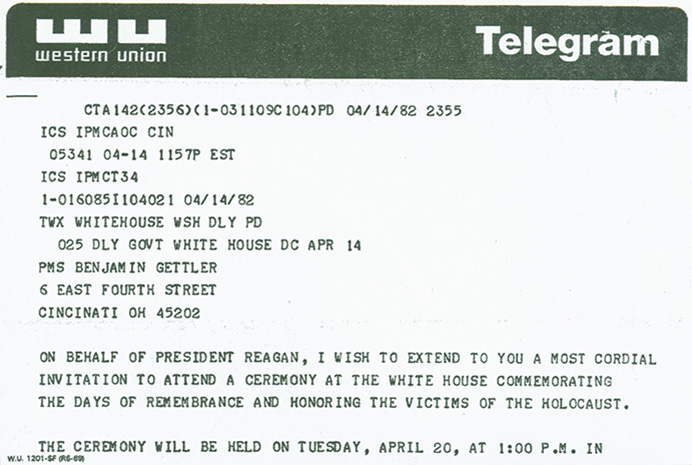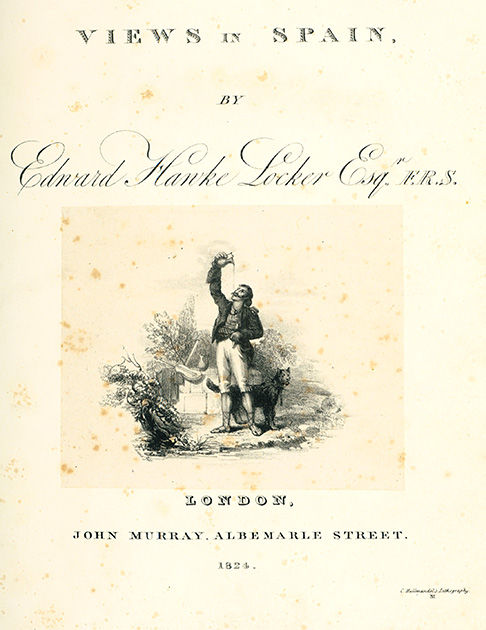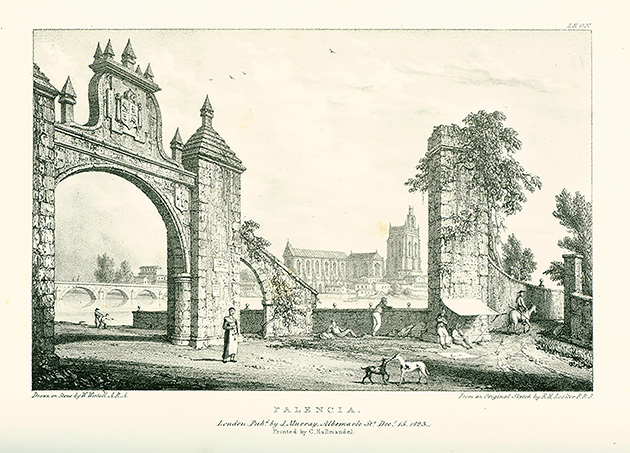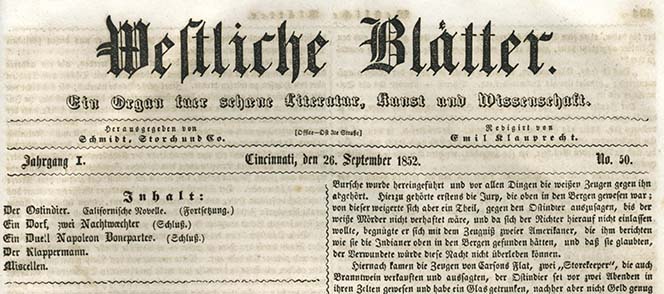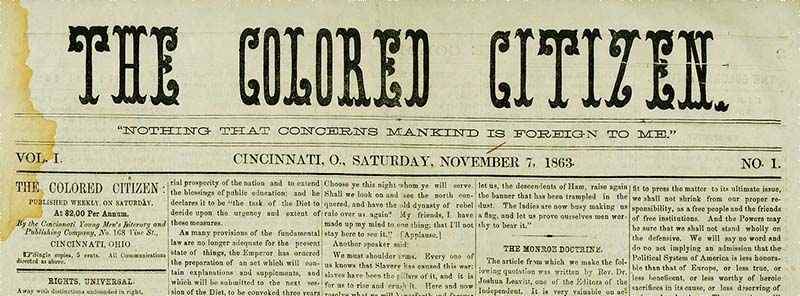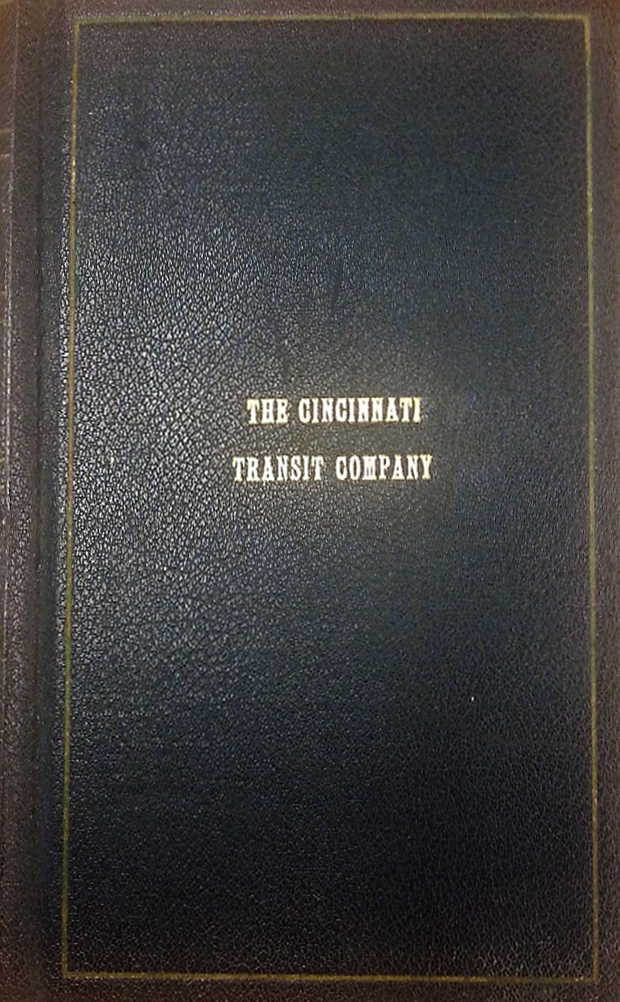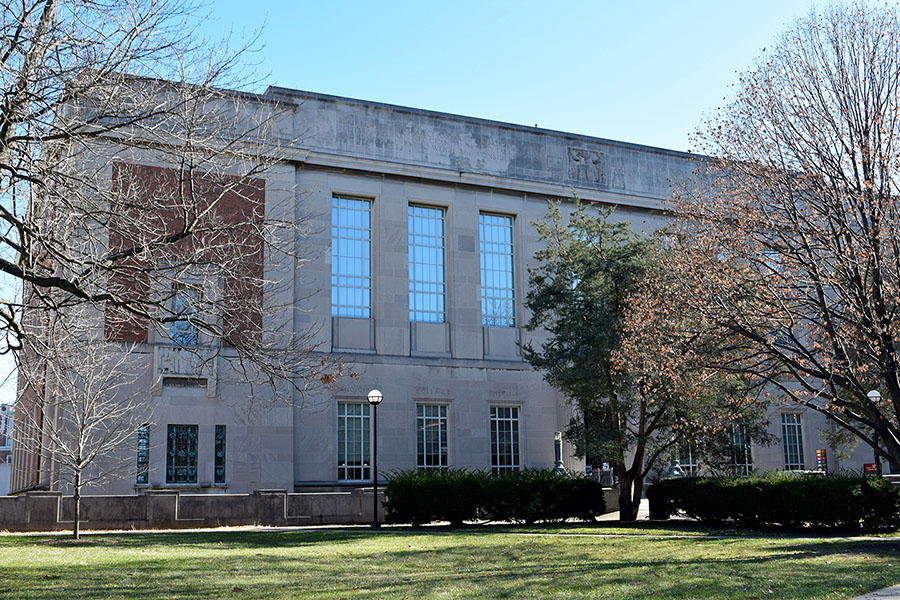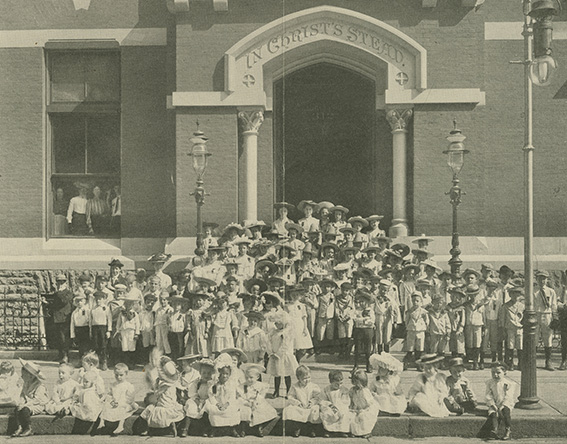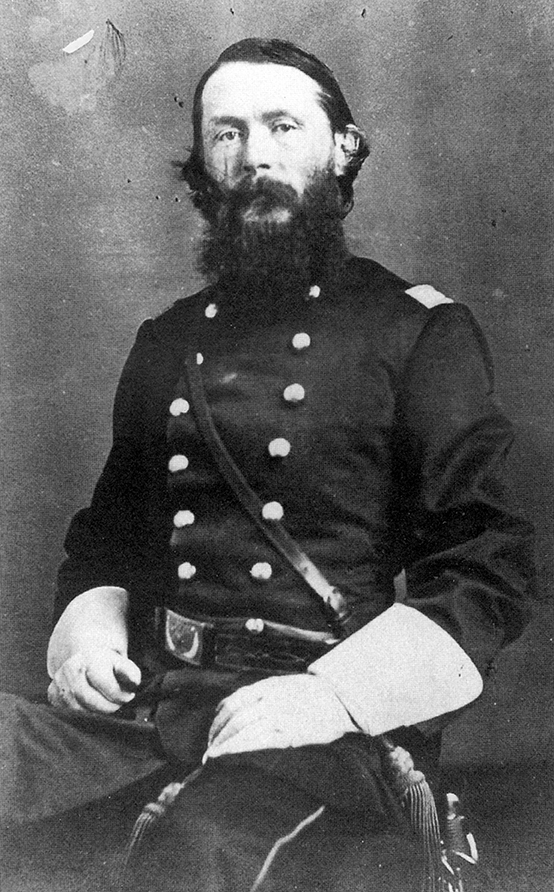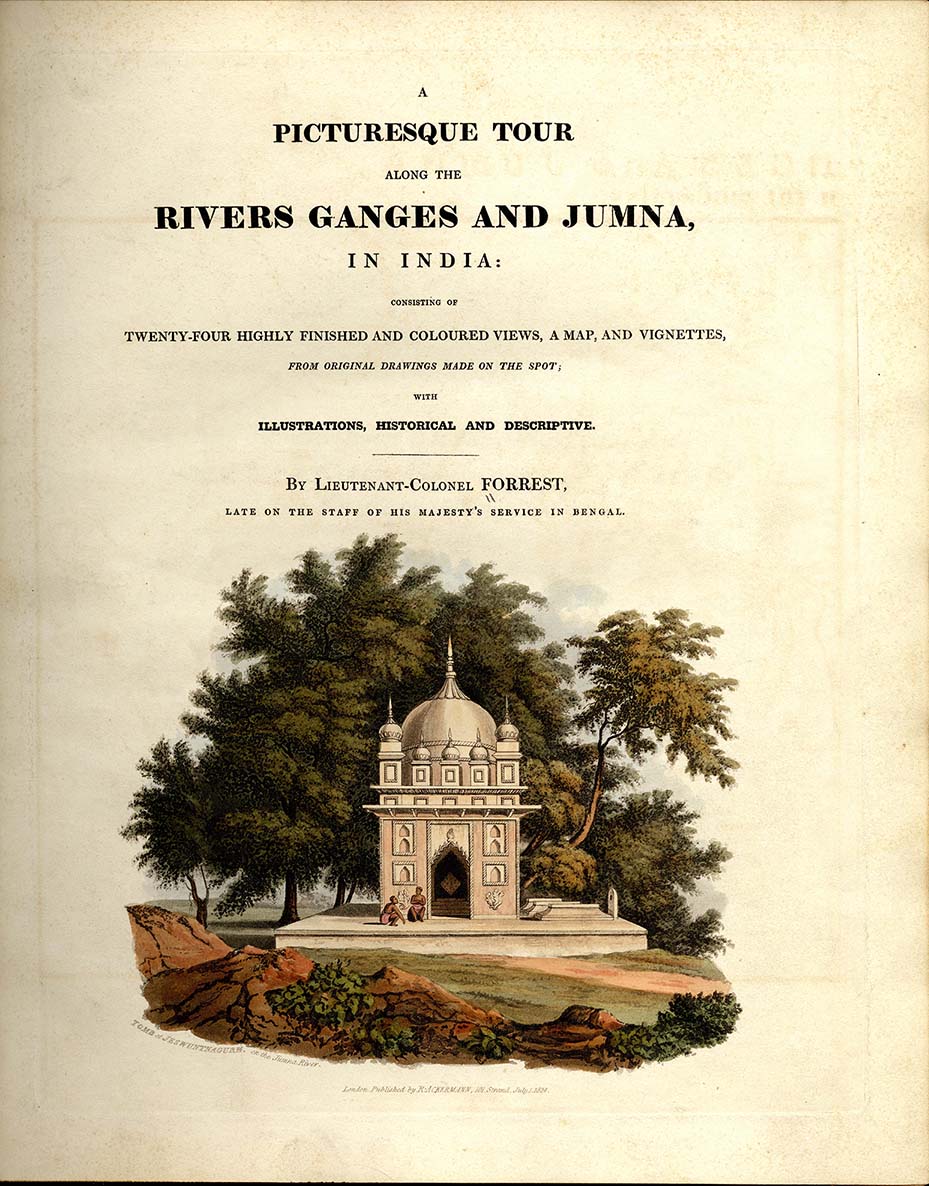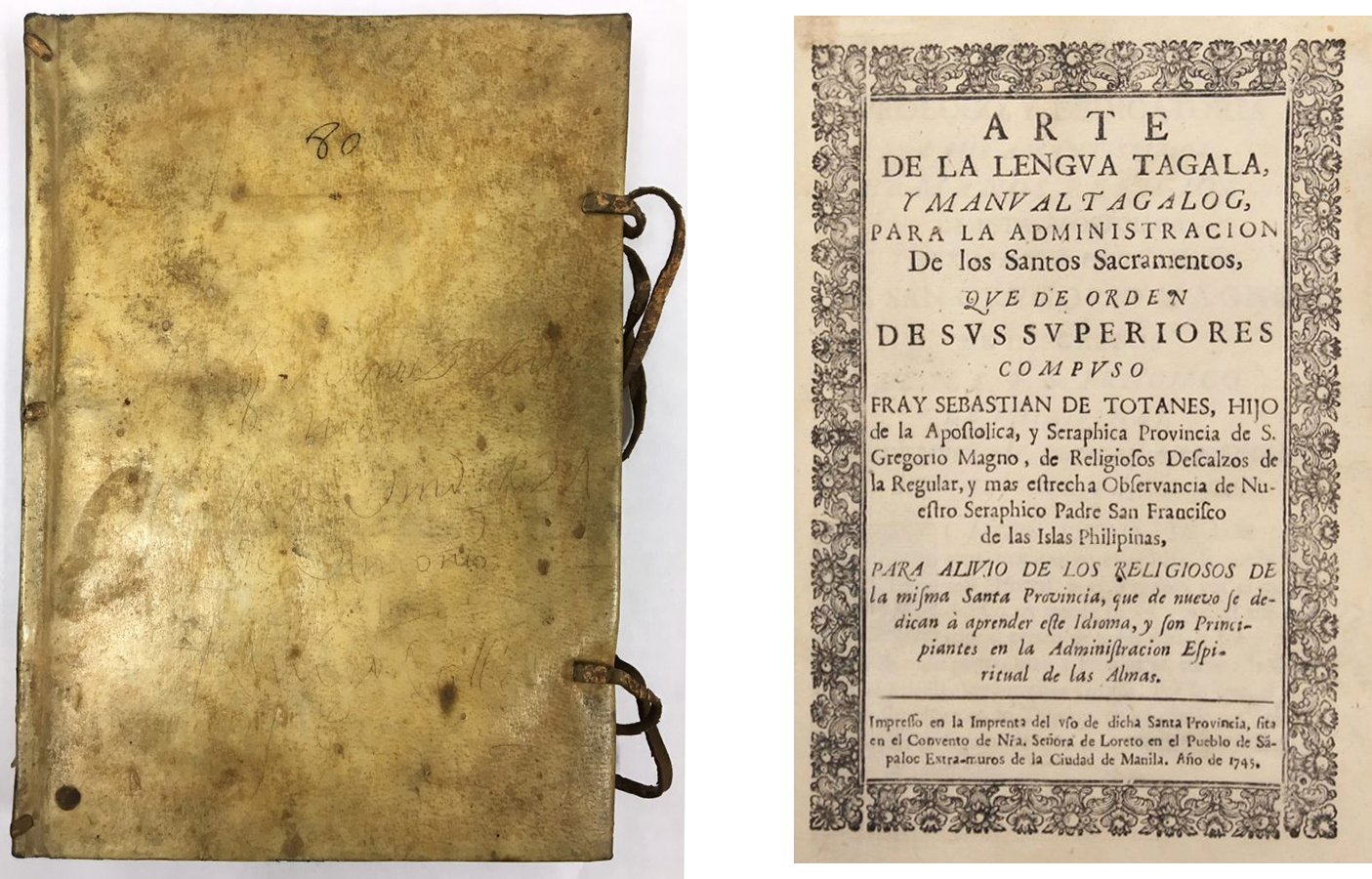By: Kevin Grace
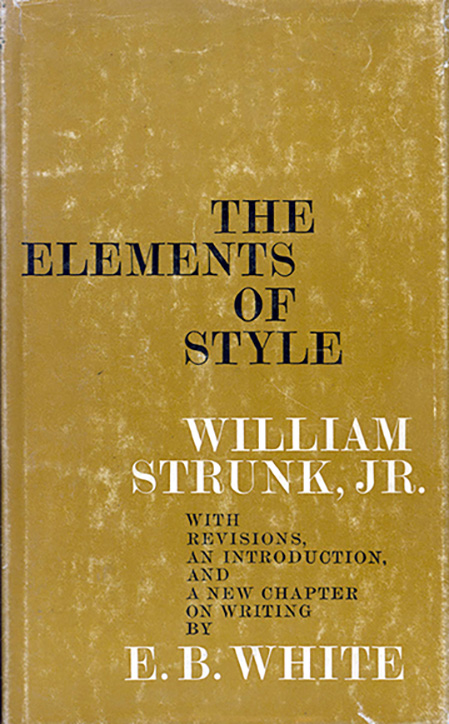 If you took a composition course in America, chances are you were faced with the seminal book in writing well, William Strunk, Jr. and E.B. White’s The Elements of Style. And if you were fortunate, you had a high school teacher or college professor whose teaching could match the plain elegance and helpful guideposts of this little book. The Elements of Style is arguably the most referenced guide to writing in American education.
If you took a composition course in America, chances are you were faced with the seminal book in writing well, William Strunk, Jr. and E.B. White’s The Elements of Style. And if you were fortunate, you had a high school teacher or college professor whose teaching could match the plain elegance and helpful guideposts of this little book. The Elements of Style is arguably the most referenced guide to writing in American education.
But how many of us know the story behind this famous text? Chances are we’re all familiar with E.B. White, the decades-long columnist for the New Yorker and the author of modern classics like Charlotte’s Web, Stuart Little, One Man’s Meat, The Second Tree From the Corner and a host of other books. Curmudgeonly almost to a fault and a writer with uncommon regard for the simple declarative sentence, White was one of the great literary stylists of the 20th century. And William Strunk? He happened to be an English professor at Cornell University during White’s undergraduate days, White graduating from Cornell in 1921. Strunk developed a little handbook for writing that he used in his classes and decades later White wrote an essay for The New Yorker about Strunk’s lessons for usage and style. At the urging of a publisher, White revised Strunk’s work, added an introduction and The Elements of Style was born.
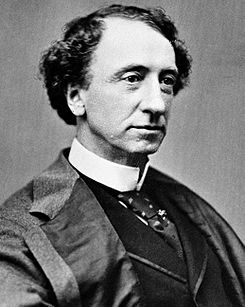
William Strunk, Jr.
Now to the University of Cincinnati connection: William Strunk, Jr., the author of this famous guide, grew up in Cincinnati and was an 1890 graduate of UC. For the Archives & Rare Books Library’s “50 Minutes” lunchtime series of talks, Greg Hand returns to campus on Thursday, February 22, to relate in his well-informed fashion the story of Mr. William Strunk, and an interesting one it is. As always, Mr. Hand tells his tales with great aplomb and guaranteed satisfaction for all, earning the favor of everyone in attendance. He will speak of facts and fictions, of parodies and paradoxes, and if he were to offer an elegant phrase or two of his own, we would not mind in the least. The talk begins at 12:00 noon in Room 814 of Blegen Library and will last until everyone is ushered out around 1 pm. Bring your lunch, a friend, and acceptable manners (note the Oxford comma). There will also be a random drawing of select and relevant books.

